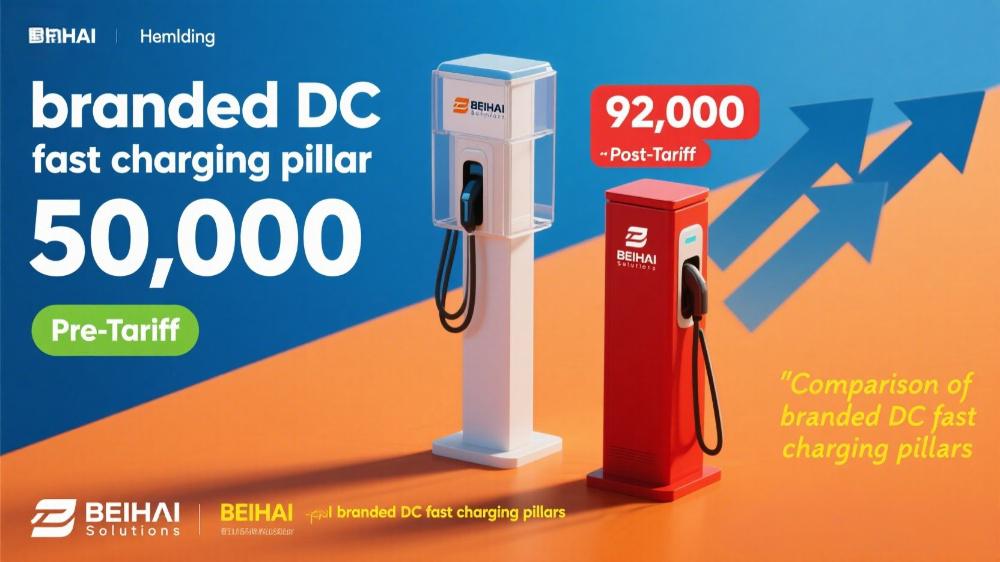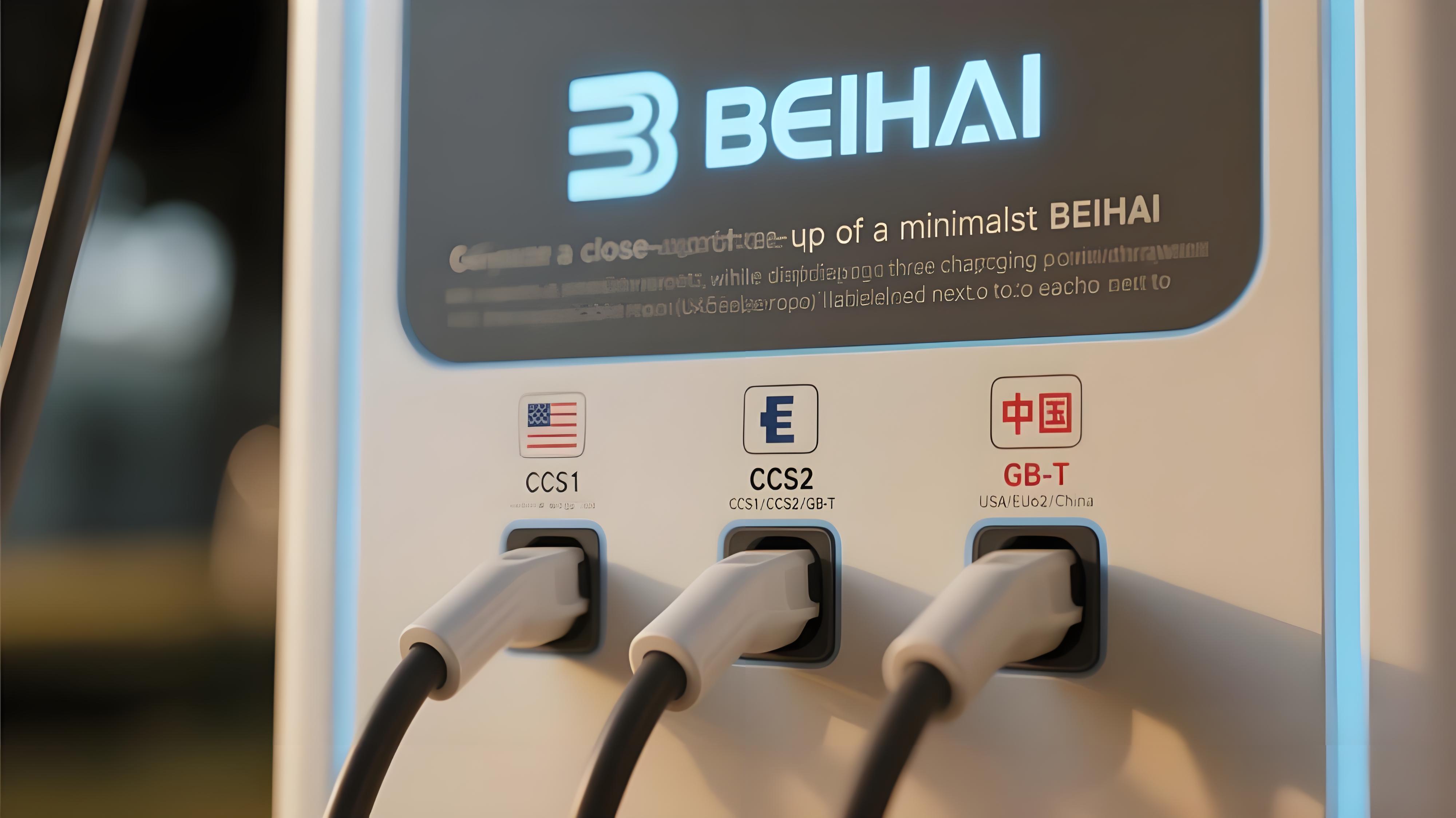The electric vehicle (EV) charging market is booming, but consumers and businesses face a dizzying array of pricing for charging stations—from budget-friendly 500homeunitsto200,000+ commercial DC fast chargers. This price disparity stems from technical complexity, regional policies, and evolving technologies. Here’s a breakdown of the key factors driving these variations and what buyers need to know.
1. Charger Type & Power Output
The most significant price determinant is the charger’s power capacity and type:
- Level 1 Chargers (1–2 kW): Priced at 300–800, these plug into standard outlets but add only 5–8 km of range per hour. Ideal for occasional users.
- Level 2 Chargers (7–22 kW): Ranging from 1,000–3,500 (excluding installation), these wall-mounted units add 30–50 km/hour. Popular for homes and workplaces, with brands like Tesla and Wallbox dominating the mid-tier market.
- DC Fast Chargers (50–350 kW): Commercial-grade systems cost 20,000–200,000+, depending on power output. For example, a 150kW DC charger averages 50,000,whileultra−fast350kWmodelsexceed150,000.
Why the gap? High-power DC chargers require advanced cooling systems, grid compatibility upgrades, and certifications (e.g., UL, CE), which account for 60% of their cost.
2. Installation Complexity
Installation costs can double the price of a charging station:
- Residential: A Level 2 charger typically costs 750–2,500 to install, influenced by wiring distance, electrical panel upgrades, and local permits.
- Commercial: DC fast chargers demand trenching, three-phase power upgrades, and load management systems, pushing installation costs to 30,000–100,000 per unit. Case in point: Kerb Charge’s curbside solutions in Australia cost 6,500–7,000 due to underground wiring and municipal approvals.
3. Regional Policies & Incentives
Government regulations and subsidies create stark price differences across markets:
- North America: Trump’s 84% tariffs on Chinese-made chargers have inflated DC fast charger prices by 35% since 2024, pushing buyers toward pricier local alternatives.
- Europe: EU’s 60% local-content rule raises costs for imported chargers, but subsidies like Germany’s $4,500 home charger grants offset consumer expenses.
- Asia: Malaysia’s DC fast chargers cost RM1.30–1.80/kWh (0.28–0.39), while China’s state-backed GB/T chargers are 40% cheaper due to mass production.
4. Smart Features & Compatibility
Advanced functionalities significantly impact pricing:
- Dynamic Load Balancing: Systems like Malaysia’s DC Handal hub optimize energy distribution, adding 5,000–15,000 to station costs but improving efficiency by 30%.
- V2G (Vehicle-to-Grid): Bidirectional chargers cost 2–3x more than standard models but enable energy resale, appealing to fleet operators.
- Multi-Standard Support: Chargers with CCS1/CCS2/GB-T compatibility command a 25% premium over single-standard units.
5. Market Competition & Brand Positioning
Brand strategies further widen the price spectrum:
- Premium Brands: Tesla’s Gen 4 Wall Connector costs 800(hardwareonly),whileluxury−focusedEvnexcharges2,200 for solar-integrated models.
- Budget Options: Chinese brands like Autel offer DC fast chargers at $25,000—half the price of European equivalents—but face tariff-related accessibility issues.
- Subscription Models: Some providers, like MCE Clean Energy, bundle chargers with off-peak rate plans (e.g., $0.01/kWh extra for 100% renewable energy), altering long-term cost calculations.
Navigating the Market: Key Takeaways
- Assess Usage Needs: Daily commuters benefit from 1,500–3,000 Level 2 home setups, while fleets require $50,000+ DC solutions.
- Factor in Hidden Costs: Permits, grid upgrades, and smart features can add 50–200% to base prices.
- Leverage Incentives: Programs like California’s EV infrastructure grants or Malaysia’s discounted parking for EV users reduce net expenses.
- Future-Proof Investments: Opt for modular chargers that support emerging standards (e.g., NACS, wireless charging) to avoid obsolescence.
The Bottom Line
From $500 DIY plugs to six-figure ultra-fast hubs, EV charging station prices reflect a complex interplay of technology, policy, and market forces. As tariffs and localization rules reshape supply chains, businesses and consumers must prioritize flexibility—whether through multi-standard hardware, strategic partnerships, or incentive-driven purchases.
Stay ahead of the curve with our tariff-resistant charging solutions. [Contact Us] to explore cost-optimized options tailored to your region.
Post time: Apr-25-2025






